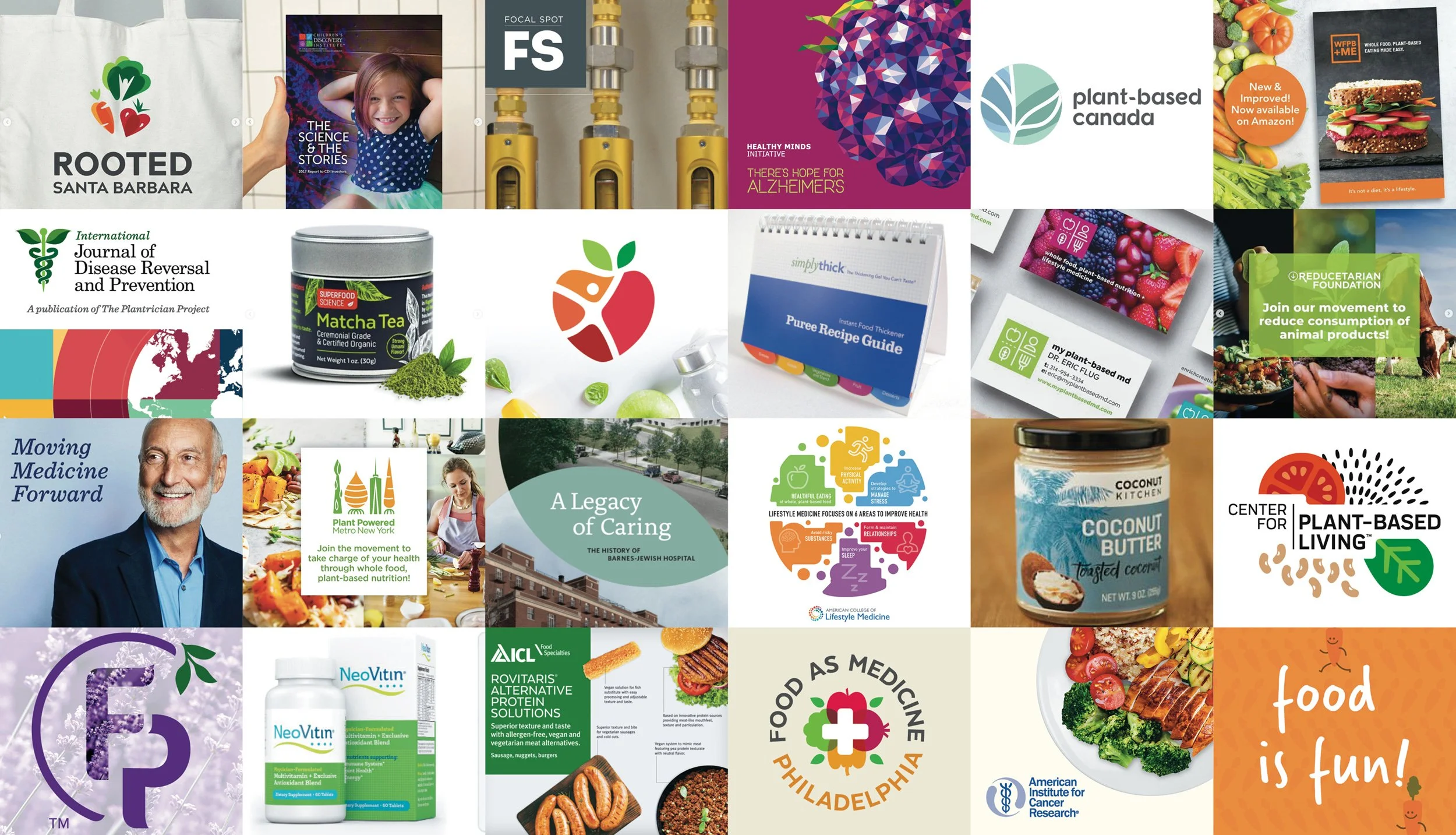Remodeling the Tradeshow
It was a gorgeous Indian summer afternoon, and I was excited to attend my first tradeshow since 2019. As I pulled the lanyard and name badge around my neck, I felt a wave of emotions. Was I sad that vital conferences and tradeshows keep getting cancelled and postponed? Was I frustrated that clients and companies have been denied the experience to catch up in person? You bet.
I turned the corner into the exhibit hall and was shocked to see so few exhibitors. A handful of attendees walked the aisles while people stood proudly at their booths, ready to talk to any visitor who walked by. The energy was one of hope and at the same time was very different than the excitement and crowds we’re all used to.
As my business partner and I walked the aisles, I felt resiliency, strength, and connectedness with each person we spoke to. The conversations were authentic, open, and friendly. While some companies are experiencing growth, others are rebounding from challenges and setbacks. Confidently, they’ve used the lockdown to find new ways to tackle problems. Things have changed and people have adapted with resilience and determination.
So much effort goes into getting ready for a tradeshow – for both our clients and for our firm. At Enrich, we feel great pride designing a client’s exhibit and seeing the result in person. When we deliver conference workshops, the preparation is intense and requires a huge commitment. But it’s all worth it because we know that we’ll meet fascinating and like-minded people. Strengthening and forming new relationships is why we’re all here.
But what if – tradeshows don’t get strong again? Can we imagine a new way of keeping a presence in the industry, promoting new products, solidifying relationships with customers, generating leads, and driving sales?
Now’s the perfect time to let go of predictable and dated practices to anticipate what the renewed tradeshow experience could look like:
More Hybrid Tradeshows—97% of event markets expect to see a growth in hybrid events in order to balance the demand for both virtual and in-person trade show experiences and accommodate comfort levels. To satisfy this, businesses will need set up physical booths and manage virtual experiences simultaneously. For success, organizers will anticipate how they can best interact with both types of attendees at the same time.
Dynamic Keynotes and Presentations – Industry leaders will need a hook to reach the 40% of attendees that are virtual. Because people have a hard time breaking away from daily life, keynotes delivered by influential leaders and innovators will create a draw and encourage people to tune in. Presentations offering sponsorship opportunities for exhibitors can raise visibility as well.
Engaging Interactive Experiences – Face-to-face tradeshows must offer something of value, by educating and entertaining attendees. Interactive experiences already exist, but virtual and augmented reality demonstrations – supported through technology, such as 3D simulations, interactive screens and content delivered to attendee cell phones, will add to the playing field.
Narrowing the Focus – With currently capped capacities, it may take some time for huge tradeshows to take place again. Why not market to smaller, niche audiences and connect with new business segments, to vertically expand within your market? Getting more specific may provide a chance to find attendees with a genuine interest in your products, ultimately generating better leads. More marginal shows that aren’t attracting the right prospects may eventually go away, and the stronger ones will grow.
Personalized Marketing – If you’re an exhibitor, customize your tradeshow efforts to appeal to individuals more than groups. Data is easily accessible to learn all you can about your target prospects through market research. Anticipating their needs and creating personalized in-booth experiences will create a stronger connection with your brand. If your exhibit is memorable, and so are the interactions between your sales team and customers, the sales cycle could be shortened.
Increased Importance of Social Media – With the hectic nature of trade shows and the visual noise, it’s a challenge for attendees to see everything in just a few days. Social media is a valuable tool to help exhibitors reach prospects in real time with relevant information to act on immediately. Consider offering incentives for attendees to visit your booth and plan how you can best utilize Facebook, YouTube, Twitter, Pinterest, and Instagram.
Some indicators say it may be two years before tradeshows see a full recovery. While there are still many unanswered questions, change is a catalyst to create better practices that will replace outdated and ineffective ones. With a little introspection and strategy from both event organizers and exhibitors, tradeshows can continue to be exciting and successful. Staying optimistic and open to new ways of doing things makes the most sense.








